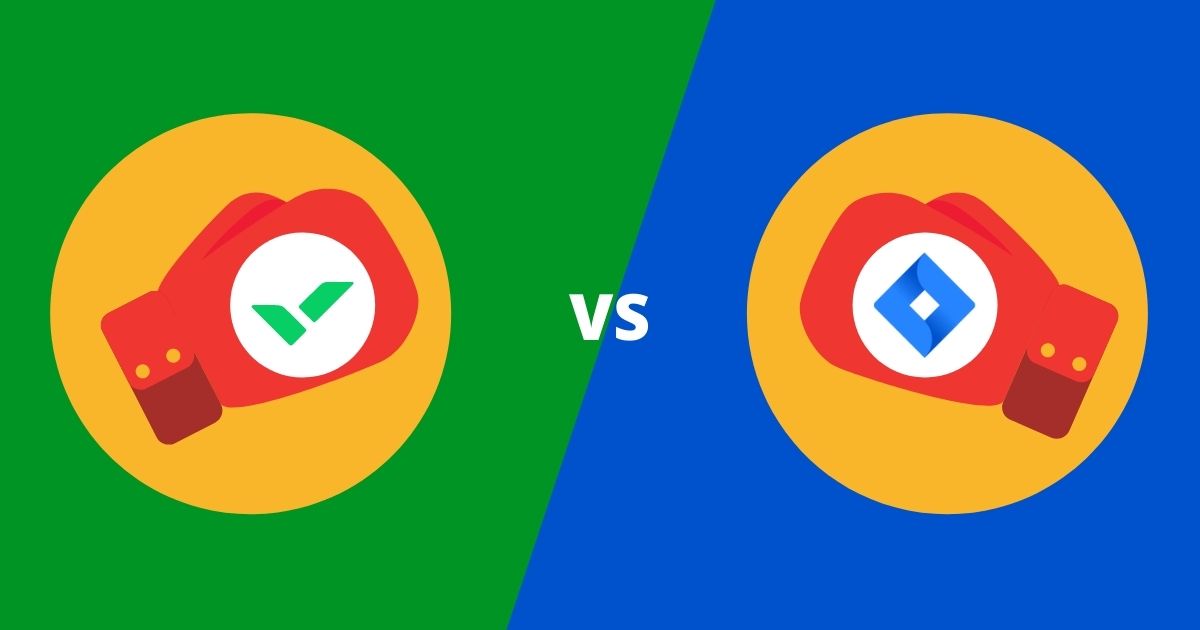What is IT Governance exactly, and why do we need it? Well, with the rising integration of technology into our lives, the demand for IT projects is growing exponentially. Yet, at the same time, 75% of executives in a 2017 survey lacked confidence that their IT projects would succeed. Further, the Information and Communication Technology market is one of the largest industries in the world. There are projections it will reach a market size of almost six trillion by 2023.
Project governance introduces repeatable structures and consistency in project delivery. It is one of the critical tools that guides project success. However, this typically rigid structure is often seen as inherently incompatible with the open-ended nature of IT projects.
In this blog, we show why the aversion to IT governance is misguided. We also discuss how expanding our understanding of governance allows us to better adapt it to meet organisational goals.
Governance and IT Projects: Are they really incompatible?
For a long time, project governance has been synonymous with stage-gate processes and bureaucratic rules. These characteristics seemed to define projects run on traditional Waterfall methodologies. IT projects, by contrast, tend to be more open-ended, and their focus is on customer value instead of managing controls like time, scope, and cost. What is IT governance going to look like if these elements are not such high priorities?
However, this view mistakes the mechanics of project governance for its purpose or function. Structure and accountability are indeed paramount in project governance. In studies, it is defined as “the system by which a project is directed and controlled and held to account” (McGrath & Whitty 2015: 781). But it is so much more than that.
Whether it’s a building or a new software product, all projects need a framework. This is to ensure that they are being directed and controlled effectively. Project governance and its practices can be shaped, adapted and reimagined to suit the needs and contexts of IT projects. It’s essential we do this to secure strategic value for the organisation and ensure accountability for project success or failure. So why would IT projects not need governance?
What is IT Governance in practice?
Stone and Ekinci define IT Governance as
“ the process and structure that ensure that organisations deploy their IT investments appropriately to ensure that the resulting activities – whether programmes, projects or operations that they fund –are carried out properly and achieve the desired results.”
The focus of an IT governance framework is to ensure both the IT strategy and the organisation’s broader values are ingrained in all its practices. Thus, IT governance manages all organisational assets that may be involved in IT, be that human, financial, physical, or data assets, intellectual property, or any other resource.
Why is IT Governance important?
Without good governance, IT strategies are much less likely to achieve expected results. Here are a few ways good IT Governance is critical to organisations:
Enhancing organisational transparency and decision-making
Traditionally, IT departments and their projects are separated from other functions of the organisation. They are often set up as an independent silo, running their own practice. With their emphasis on customer value and open-ended structure, IT projects do not traditionally fit well within typical measurements. This often leads to critical information gaps across the organisation.
A proper IT governance framework will be able to capture and translate information to bridge this gap. It creates clearly defined and repeatable processes that reflect organisational goals but which apply to decisions made within IT projects. Otherwise, a lack of transparency in IT project progress, success and value can lead to departmental distrust and effective decision-making.
Strengthening the strategic alignment between the enterprise and IT
One common problem with IT projects is that they often run over budget and beyond scope. They frequently become a bit of a resource ‘black hole’ for an organisation. When projects are justified only on the basis of benefits, it is hard to hold their decision making to account. Instead, they should be giving a clear indication of their strategic value to the organisation over time.
For example, a new software update targetting youth may have helped improve market share and brand in one customer segment. However, if the organisation’s broad strategy was actually geared towards older demographics, the strategic value is greatly diminished.
IT governance makes sure that all activities within IT projects can be traced back to a strategic organisational objective. They also ensure that the project is delivered for maximum value. That kind of alignment keeps the enterprise and its IT department working as one rather than functioning as separate silos.
Improving resource allocation and management
The open-ended nature of IT projects often leads to excessive long-term demand on resources. Without a proper structure for evaluating the value of a project, organisations may fail to prioritise the right IT projects – those that generate the most strategic value. Additionally, without a consistent, tested and repeatable process, IT project teams can waste a significant amount of time setting up foundational frameworks, protocols, and processes for every iteration of their product.
Read more: Guide to Resource Management
Enhancing performance management
Performance metrics in IT project contexts can be different from the measurements used in traditional projects. By implementing good IT governance an organisation can make sure its IT projects are not only meeting appropriate performance benchmarks for their specific context, but also are hitting enterprise-wide benchmarks. Do to so, it is vital that there is an established method for translating those metrics across the board.
Encouraging greater collaboration
When IT is better integrated with all other aspects of the organisation, there is greater potential for creating efficiencies and sharing ideas. By asking, ‘what is IT Governance’ your organisation is addressing governance in a more holistic manner and addressing project management from an enterprise-wide perspective.
This approach helps encourage greater horizontal and vertical collaboration and genuine communication between departments.
Ensuring standards, compliance, and policies are met
As demand for ITC grows, so are the policies and regulations safeguarding them. Different regions abide by different rules and regulations surrounding data security and intellectual property rights. Effective IT governance enables organisations to keep up with relevant compliances, particularly for those products that are used globally. This provides IT project teams with boundaries and foundations they can safely operate within.
What makes IT Governance different?
In practice, how to we bridge the gap between IT project methodologies and those of more traditional projects? The two key issues IT project professionals often have are:
- The lack of agility and flexibility in traditional approaches
Traditional approaches are top-down, have long-winded planning processes, and inadequate monitoring schedules that don’t keep up with the fast-paced nature of the ICT industry.
- Overemphasis on tracking and milestones
Traditional projects, with their distinct start and end dates, are often monitored and controlled through pre-determined milestones. However, IT projects are generally conducted in an iterative, open-ended (‘agile’) manner that makes the setting of milestones difficult.
A Product Focussed Approach
As a result, there has been a distinct shift from project management generally towards a product-focused approach. Here, products are viewed as solutions that are crafted to solve problems for both the customer and the business, with the primary emphasis on achieving customer or market-based value.
This changing focus towards building ongoing processes for governing projects, rather than as one-off projects, has seen IT governance draw increasingly from change management practices and philosophies.
Change management disciplines are being incorporated into IT governance to produce standardised policies that can handle changes in an efficient and timely manner without being overly constrictive and time-consuming.
IT Governance is part of Organisational Governance
We have talked about how IT projects are different from traditional projects and require governance structures that reflect those differences. However, it is important to remember that IT governance, while different, is merely a subset of organisational governance. Organisational governance establishes the ‘why’ behind all decisions and is inherently tied to the organisation’s strategic objectives. IT governance must be seen as the next step that provides the necessary practices and structure for IT project professionals but is also aligned with the broader strategic objectives
What is IT Governance Doing Now?
There is no one-size-fits-all approach to IT governance. As a function of organisational governance, it always adapts to the unique context of the organisation. Be sure to chat with our PPM experts about how to build your IT Governance framework as part of our comprehensive project portfolio management solution.













